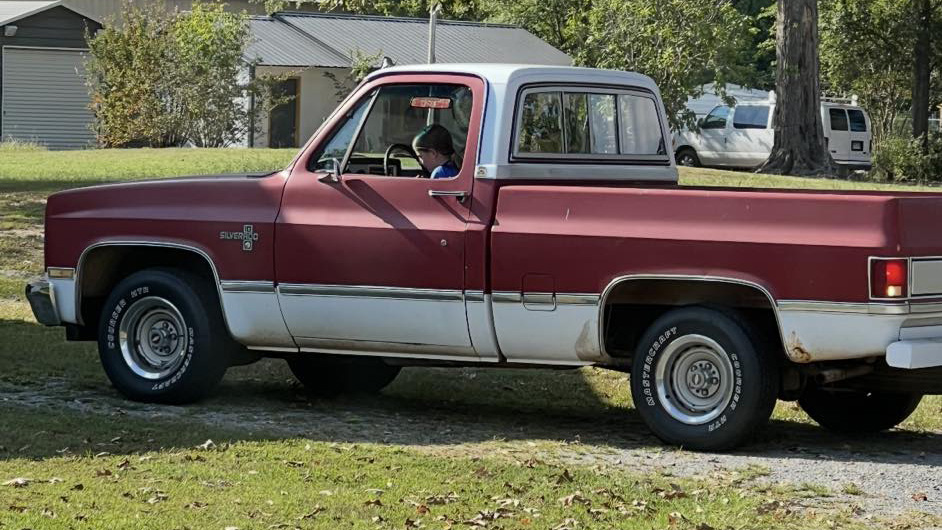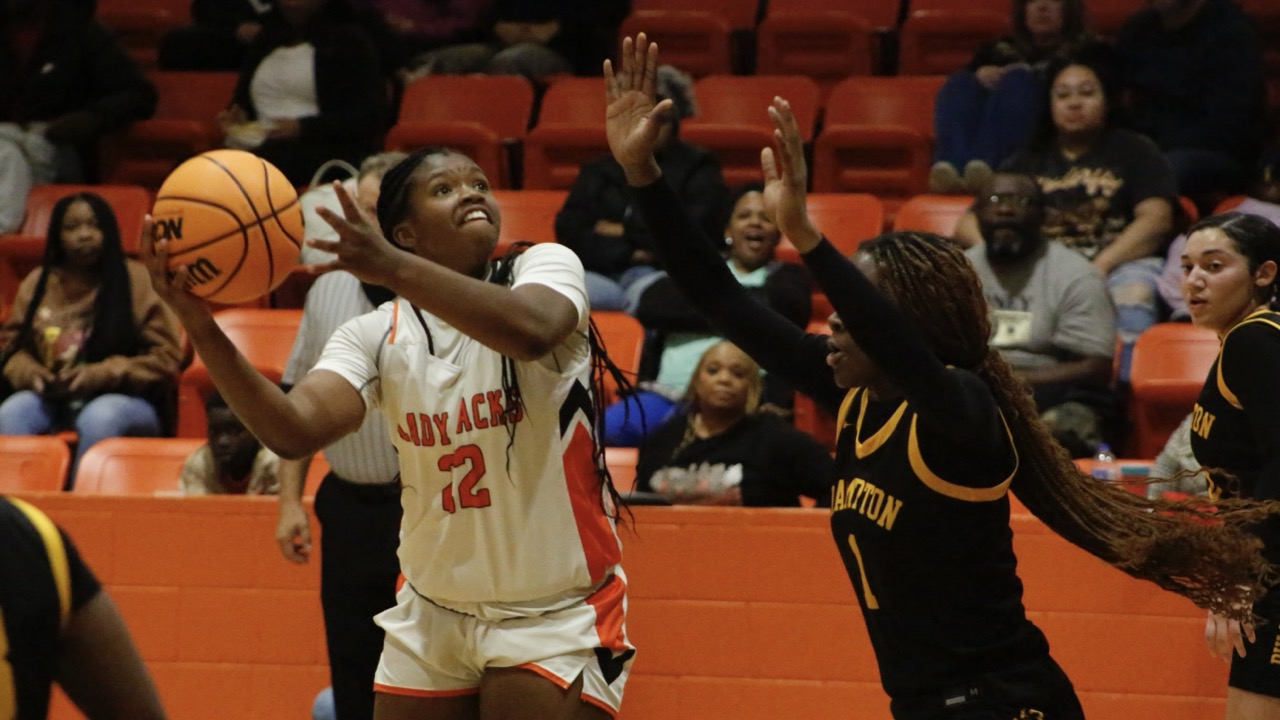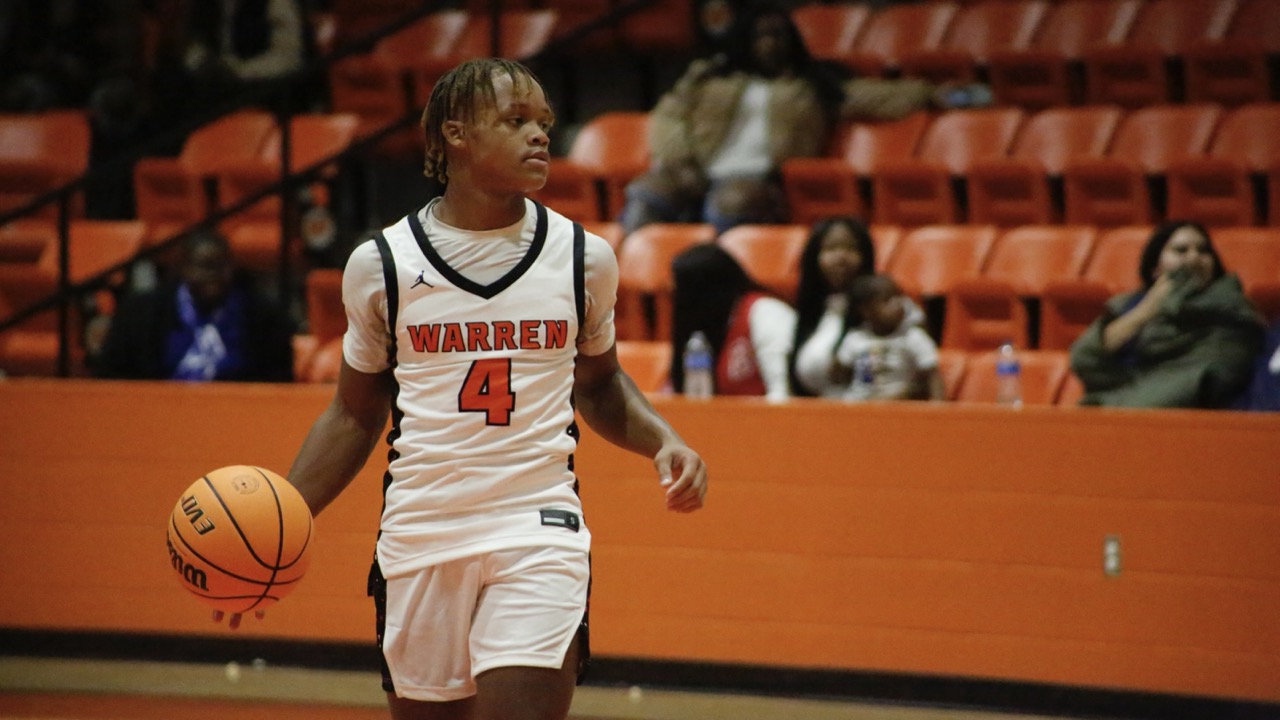WASHINGTON––The Veterans History Project, an initiative of the Library of Congress’s American Folklife Center, is marking its 25th year collecting and retaining the oral histories of our nation’s veterans. U.S. Senator John Boozman (R-AR), whose office has actively promoted and participated in the program including training more than 1,200 Arkansans to engage with it and conducting more than 100 interviews, will help commemorate its impact and significance throughout the year.
Article is a press release from the office of Senator John Boozman.
One of Boozman’s latest submissions recognized the service and sacrifice of Fort Smith resident Clyde Gudermuth, a veteran of the U.S. Army.
Gudermuth grew up in a suburb of St. Louis, Missouri. He graduated high school in 1959 and attended the Missouri School of Mines in Rolla where he studied mechanical engineering and was a member of the school’s ROTC program.
He was inspired to join the military by a close family friend who was a retired two-star general.
As part of the Engineer Corps ROTC unit, Gudermuth participated in exercises at Fort Leonard Wood in the summer where his advisor, an Army aviator, exposed him to flying. “I liked it, and I took the physical for flying and I passed it. I think there was something like 12 or 15 guys that took the physical and I was the only one that passed,†he said.
Once commissioned in the Army, he was assigned to Fort Belvoir, Virginia, for officer training, but he was still eager to become a pilot.
He learned to fly the H-23 helicopter at Fort Wolters, Texas, and still fondly remembers his teacher. “I had an exceptional instructor pilot. He was outstanding, if he couldn’t get it across to you one way, he’d figure out another way to get it across to you,†Gudermuth said.
In 1965, he was transferred to Fort Rucker, Alabama, now known as Fort Novosel, where he learned to fly the H-19.
“On our first night over cross-country, they sat us down and said, ‘If you’re lost don’t worry about it because there’s towns all over and they have the name of the town on the water tower and you just fly until you can see the water tower and find out where you are on the map,’†he said. While Gudermuth didn’t have any navigation issues, he remembered some other new pilots who had to put that lesson to use.
Gudermuth deployed to Vietnam and was surprised by what he saw from the air upon arrival.
“When we’re landing, everybody’s nailed to the window looking out. You could look on the ground and people were driving around on their motor scooter things. And it didn’t look right. You figured everyone was down getting shot at but that wasn’t it. In Saigon there was no war at all,†he recalled.
He served in the 1st Platoon – called the “Scorpions†– 118th Assault Helicopter Company, 145th Aviation Battalion where he flew the “huey,â€the nickname for the helicopters flown in Vietnam.
“You flew your butt off,†Gudermuth said. “We flew every day. Every day early in the morning until late at night. And it wore you out.â€
It was an extremely dangerous job. Gudermuth said when picking up soldiers he was often under fire. Nearly half of the pilots in his helicopter class didn’t return home. While he was lucky, he experienced several risky situations including being shot down twice. He said the first time he was only on the ground for a couple of minutes, but the second incident was much more serious.
Gudermuth said it was a resupply mission and, as he was landing, the tail rotor was shot out.
“I crawled out of the aircraft and got up on the front of the aircraft. And the crew chief and gunner got up with our weapons and they were set up out front. We were on the nose of the aircraft out there,†he said. “All hell broke loose and we were shooting.â€
He was helped by a close friend who offered air support before two helicopters came to extract Gudermuth and his fellow soldiers.
While he faced danger nearly every day, some days were better than others. Gudermuth had an opportunity to see many VIPs who entertained the troops with the USO including Ann-Margret who was once a passenger on his helicopter.
After returning stateside he was initially given the role of an instructor pilot but just days before he was to begin, he received a change to his orders that reassigned him to Yuma Proving Ground in Arizona. He tested aviation equipment including armaments, aircraft systems and other new technology.
The flights didn’t always go smoothly.
He recalled one incident when he learned the teflon bearings had been pulverized while in the air. He landed the helicopter and called for assistance.
“That was scary because a couple of more minutes and we would have crashed,†he said.
He was discharged in 1967 and moved to Springfield, Missouri, where he spent a career in engineering for a private company.
Gudermuth used his GI bill benefits to earn his MBA.
He has reconnected with some of the veterans he served with at reunions, and recommends military service because of the valuable lessons it offers in learning how to work with others and lead.
“Clyde Gudermuth honorably served our country and has carried its lessons with him throughout his life. I’m proud to capture his memories of his time in uniform so future generations can learn from his experience,†Boozman said.
Boozman submitted Gudermuth’s entire interview to the Veterans History Project. The senator’s office will help mark the 25th anniversary of the VHP in 2025 with events in several Arkansas communities to conduct interviews with veterans and train those interested in learning how to participate.





